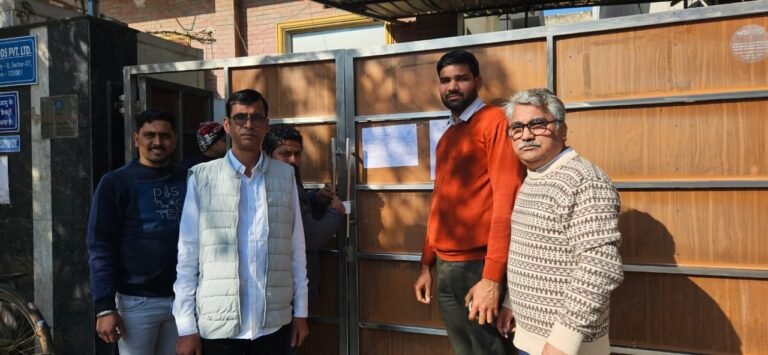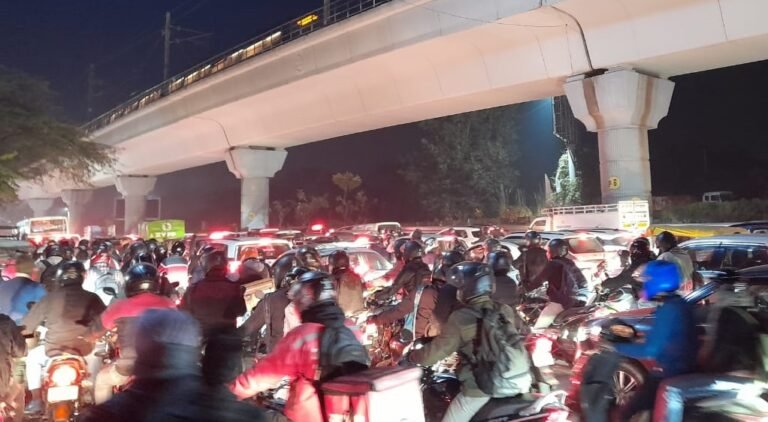
Bilkul Sateek News
Gurugram (Paridhi Dhasmana), 9 July – Relief from the blistering heatwave arrived in Gurugram — but so did chaos. Just a few hours of heavy rainfall left Sector 7 submerged, once again exposing the city’s crumbling drainage system and lack of disaster preparedness.
Visuals from the area tell the story: waterlogged streets, car tyres fully under water, and homes — old and new — facing the brunt. In low-lying houses, water entered the gates. In newly built ones, the flood reached up to the gates. This isn’t a one-off. Sector 7 has become the default flood zone every monsoon, and this year is no different.
It’s not just water on the roads — it’s a flood of unanswered questions. For a city that brands itself as a modern urban hub, Gurugram’s drainage infrastructure remains alarmingly outdated. Year after year, the problem resurfaces. And year after year, it is met with the same response — inspection visits, empty assurances, and no concrete action.
What this downpour has made clear — yet again — is that Gurugram cannot afford to treat urban flooding as seasonal inconvenience. It is a civic failure. A city aspiring to global standards cannot function with streets that resemble rivers after every spell of rain.
Sector 7’s condition is no longer an exception — it is a warning. Unless drainage and infrastructure are treated with urgency and seriousness, relief from the heat will keep arriving hand-in-hand with floodwaters.









